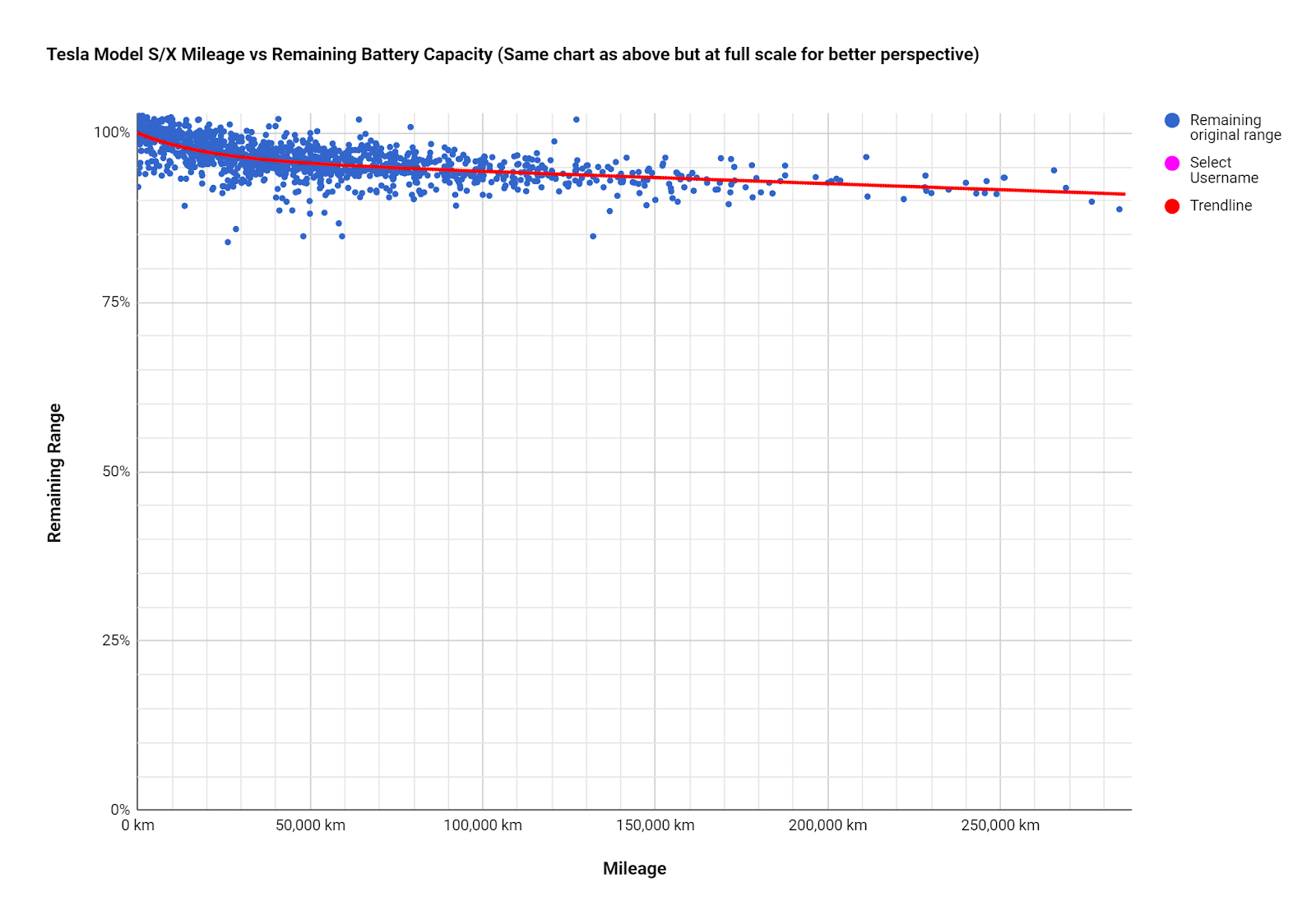Summary
Electric drive trains have far fewer moving parts than internal combustion engines (ICE), meaning that electric car service costs are much lower when compared to ICE vehicles.
Despite that, they do still require some regular maintenance that incurs cost, such as:
- Tyres and brakes
- Windscreens, wiper blades and washer fluid
- Battery repair or replacement (rare!)
- General wear and tear
Electric drive trains are simpler, so EVs require less maintenance
How difficult a machine is to maintain is usually directly proportional to its number of moving parts. The number of moving parts in an electric drivetrain is vastly lower than in an internal combustion engine and therefore maintenance is much easier. But there is also no metal on metal wear in the same way as, for example, a clutch system.
Of course, plug-in hybrid maintenance is more like conventional car maintenance, as they still have conventional components like exhausts, clutches, gear boxes etc.
We focus this guide on maintaining the pure electric cars.
Tip: The maintenance costs for an EV will vary significantly by make and model of the vehicle. As such, this guide gives you pointers on how and where to find the outline costs of a maintenance item, rather than specifics.
Battery repair/replacement
Though manufacturers tend to offer compelling warranties (e.g. 8 year from Jaguar, Nissan, Renault and Tesla) on the longevity of EV batteries, battery degradation has been a big worry for many about electric cars. In particular the fear that replacing the battery will be necessary and expensive.
While different car manufacturers are experiencing slightly varying results, overall evidence from the real world is that the rate of decay is much less than feared – and some manufacturers are now expecting their batteries to outlast the rest of the vehicle.
Below’s crowd-sourced data on Tesla’s battery degradation shows ~7% degradation after an incredible 250,000 miles.

Though it is rare, should you notice a significant depreciation in the range of your battery, it is possible that the battery pack is experiencing some undue decay. With most pure electric cars on the road today still in warranty, the first task is to contact the manufacturer who can look to service the battery.
Battery repair usually means replacing some sub-optimal cells, rather than the entire battery pack. So this can be thought of like a major engine repair in a conventionally fuelled car.
But we must stress – this is rare!
Battery repair/replacement costs will vary between manufacturers and will almost certainly have to be undertaken by the manufacturer themselves. Therefore in order to establish specific costs, we recommend contacting the EV manufacturer directly – and be sure to check to see if your issue is covered within the vehicle warranty.
Tip: To extend the battery life of your electric vehicle, try not to leave your car charged to 100%, unless you are about to set off on a long trip. Likewise try not to leave the battery nearly empty for long periods. Charging to 80 or 90% and topping up as soon as possible when you’re getting low is optimal.
Tyres and brakes
Your electric car still has tyres and brakes and thus brake discs just like a petrol or diesel car.
Tyres
Pressure:
Tyres should be maintained at the recommended pressures (usually listed on a plate inside the door frame). You can do this with a pump at home or at a petrol station (where you can amuse yourself with the price of petrol). Tyres that are running under pressure can significantly reduce your car’s efficiency and thus reduce their range, while over-pressure tyres have reduced lifespan.
Wear:
Electric cars are generally heavier than their equivalent conventionally fuelled vehicles, this can lead to slightly accelerated tyre wear. Tyres should be regularly checked for wear and changed once they have worn down the tyre wear indicators, they should be replaced.
Tyre prices vary according to their size and how common that size of wheel is. Generally, smaller, more common tyres are cheaper.
In order to get prices, establish the width of the tread that meets the road and the thickness (or profile) of the tyre between the wheel rim (both in mm) and the diameter of your EV’s wheels (in inches).
For example, a smaller Nissan LEAF wheel requires 205mm/55mm 16inch tyres. You can then use the size to search for quotes from tyre supply and/or fitting companies.
Tip: Your tyre tread should protrude no less than 1.6mm from the central ¾ of the tyre. To assess this, many tyres have tyre wear indicators in the grooves of the tyres.
Once the tread has reached the indicator level, it is time to replace them.
Alternatively, a quick check is to hold a 20p to the tyre. If the edge of the 20p is obscured by the tread, they are still legal, but if you can see the edge of the 20p, it’s time to change.
Brakes
While electric cars have fairly conventional disc brakes, they are really used just as emergency back up to the more regularly used regenerative braking. This means substantially reduced brake wear to the extent that Elon Musk recently stated that brake pads actually outlast the life of Tesla vehicles.
This is incorrect. Vast majority of vehicle motion is returned to the battery, as the electric motors act like a generator in reverse. Brake pads on a Tesla literally never need to be replaced for lifetime of the car.
Tip: Taking regenerative braking to the max, the latest Nissan LEAF models have an “e-pedal” feature that allows the regenerative braking to decelerate the car to a complete stop, meaning complete trips can be made without using the brake pads.
Windscreens, wipers and washer fluid
Electric cars’ windscreens are just as liable to chips and cracks, and they use their wipers and washer fluid every bit as much as conventionally fuelled cars. So you need to maintain the windscreen, replace the blades when they wear and keep the fluid topped up just the same.
Tip: Washer fluid and blades should be in the <£50 range from the likes of Halfords, but clearly windscreens are more expensive items. To determine prices we recommend contacting windscreen repair specialists (e.g. Autoglass) but also checking with your car insurance provider to see if these costs can be covered by your policy (sometimes with no impact on your premiums).
Wear and tear
Of course, electric cars are still machines. They still have plenty of components. And those components do occasionally go wrong. For example, the author of this guide has had an issue with parking sensors and a door handle on his BEV. Clearly neither had anything to do with the car’s drivetrain!
As such, be on your guard for niggles and such, but in general forget the oily rags, EVs make for a far easier life for their owners.

